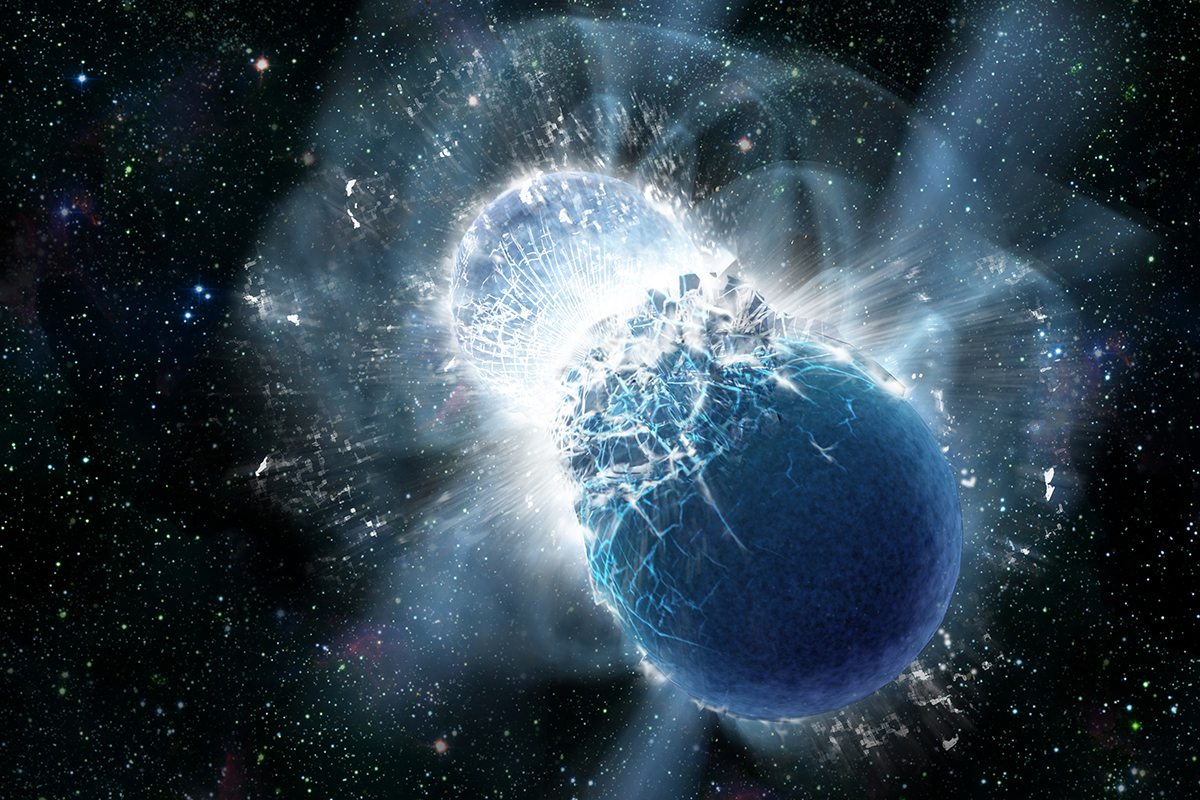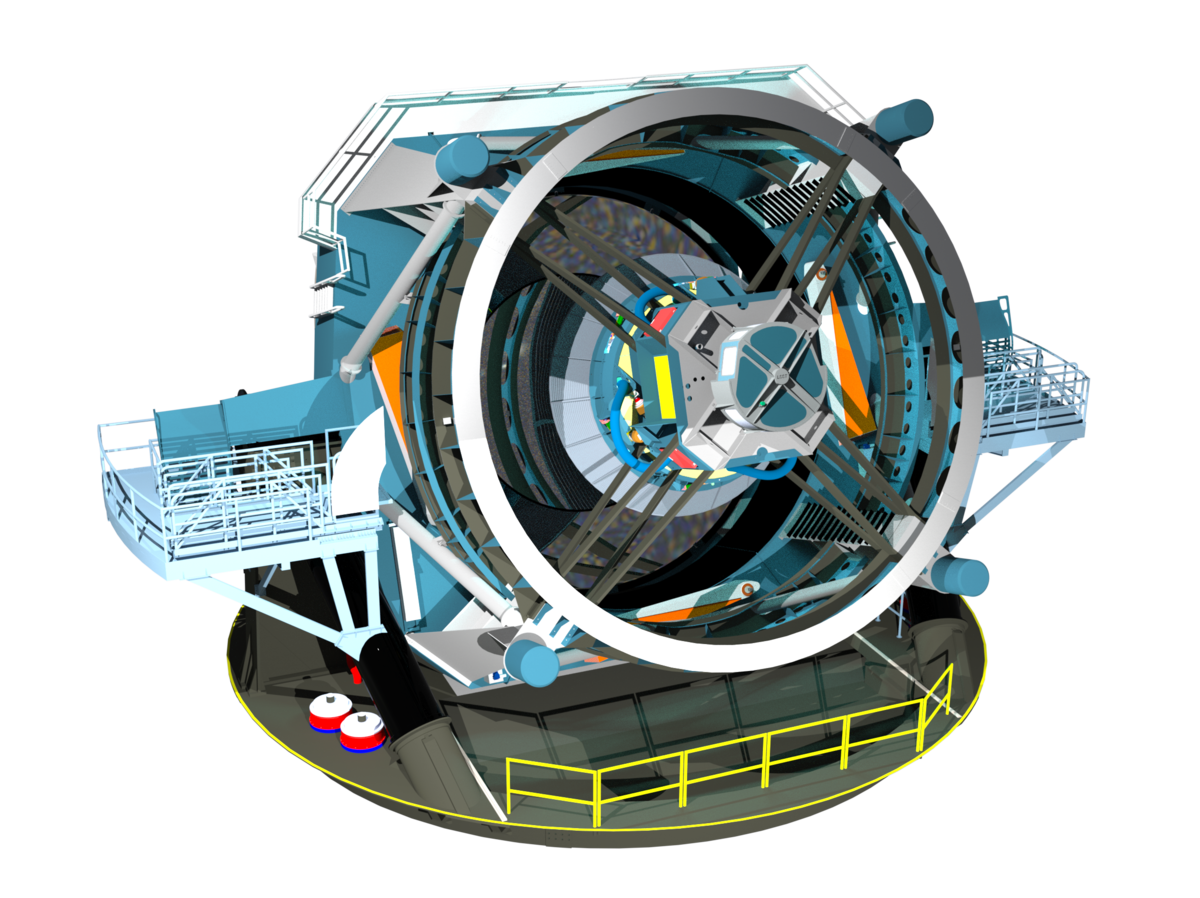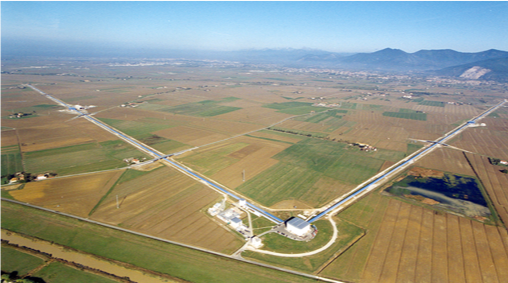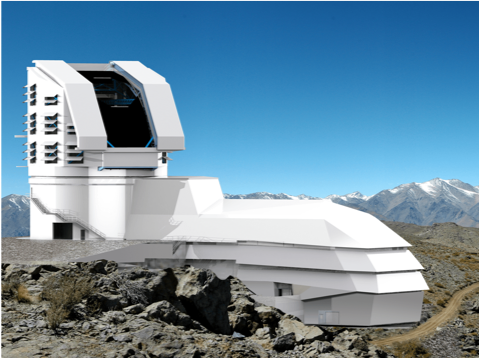What is a kilonova, and why do we care?

A kilonova is an astronomical explosion that occurs when two compact objects (two neutron stars or a neutron star and a black hole) collide.
Among the many reasons they are important to astronomers, one that's particularly compelling is that we do not know much about them. In fact, there has only been one confirmed kilonova event ever observed, GW170817, in August of 2017. Finding more could unlock new insights into compact objects, gravitational waves, and more.
Kilonovae are also interesting because, as we discovered from viewing GW170817, they are a source of the long-confusing short gamma-ray bursts as well as the possible birthplace of all of the universe's heavy elements. That means that the gold in your watch or the silver in your earring was likely created billions of years ago in a kilonova far away, before traveling through space and finding itself in your home!


